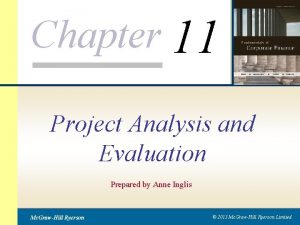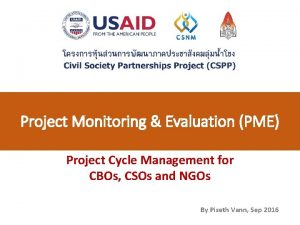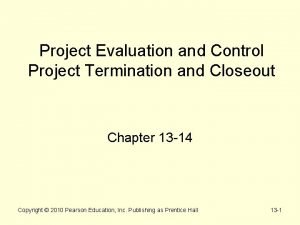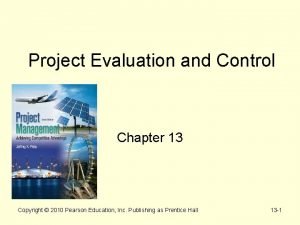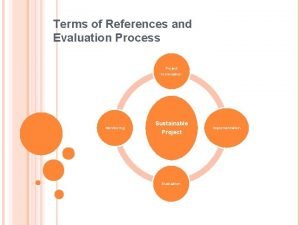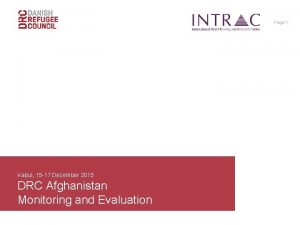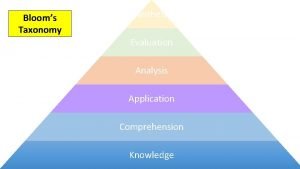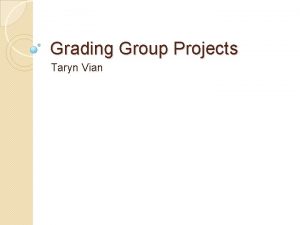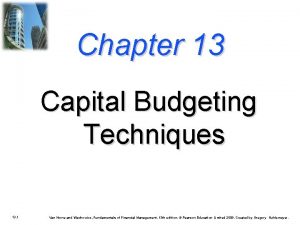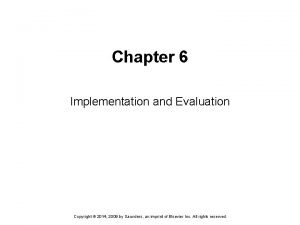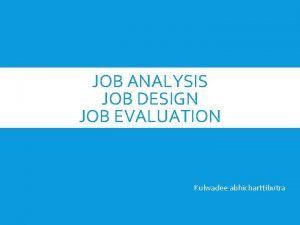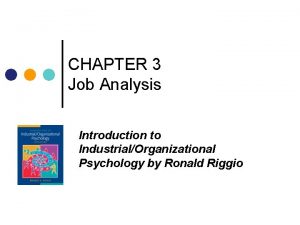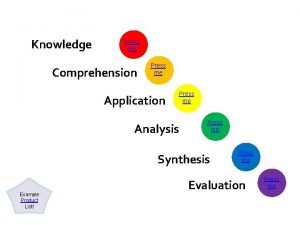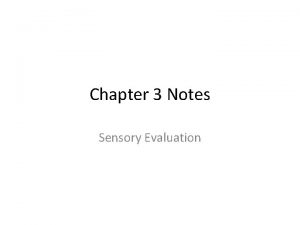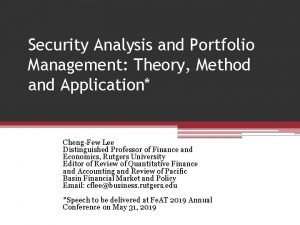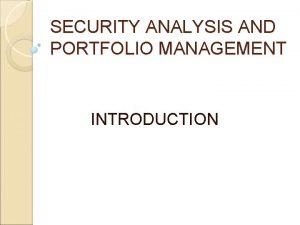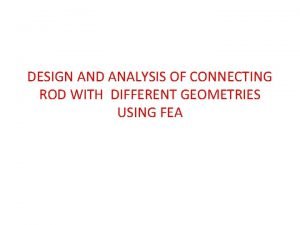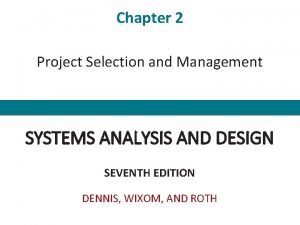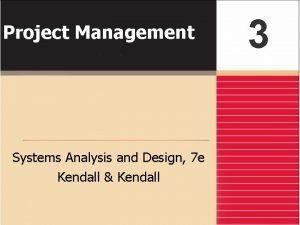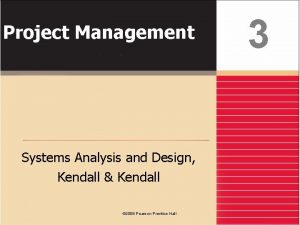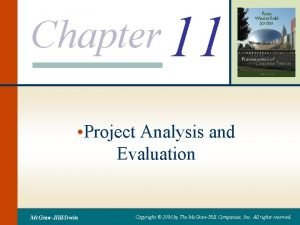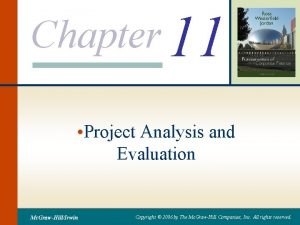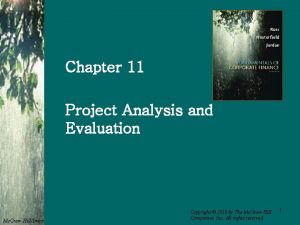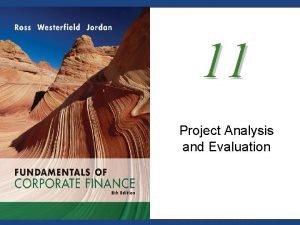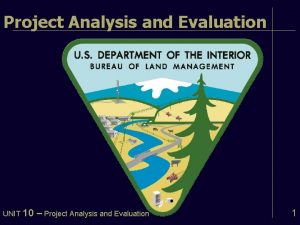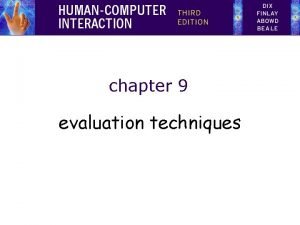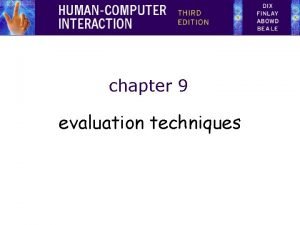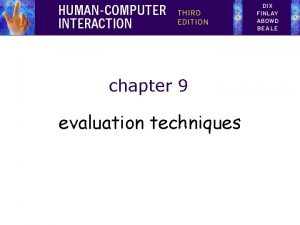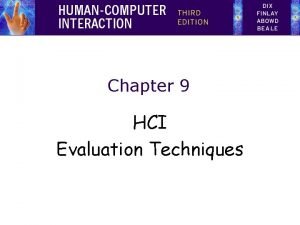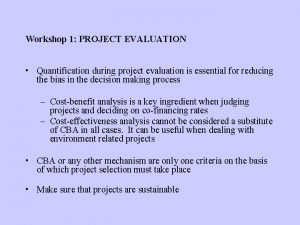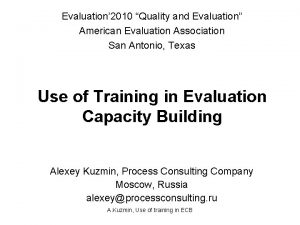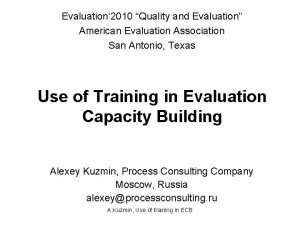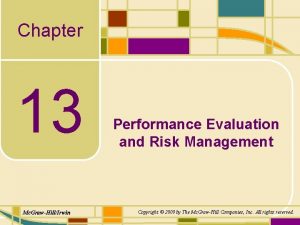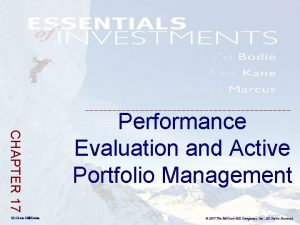Chapter 11 Project Analysis and Evaluation Mc GrawHillIrwin










![10: Sensitivity analysis OCF = [(Sales – Costs) (1 – Tax rate)] + [Depreciation 10: Sensitivity analysis OCF = [(Sales – Costs) (1 – Tax rate)] + [Depreciation](https://slidetodoc.com/presentation_image/42cf269f47a1f4f68e6ec5d021b7a8c7/image-11.jpg)





















- Slides: 32

Chapter 11 • Project Analysis and Evaluation Mc. Graw-Hill/Irwin Copyright © 2006 by The Mc. Graw-Hill Companies, Inc. All rights reserved.

Chapter 11 – Index of Sample Problems • • • Slide # 02 - 05 Slide # 06 - 10 Slide # 11 - 12 Slide # 13 - 14 Slide # 15 - 16 Slide # 17 - 20 Slide # 21 - 24 Slide # 25 - 26 Slide # 27 - 30 Scenario analysis Sensitivity analysis Total cost Average vs. marginal cost Contribution margin Accounting break-even Cash break-even Financial break-even Degree of operating leverage

2: Scenario analysis Wilson’s Woods is considering a project which involves producing inexpensive golf clubs for teenagers. The company expects to sell these clubs for $100 a set, plus or minus 2%. The sales manager estimates that 20, 000 sets can be sold, plus or minus 5%. What is the expected amount of sales under the worst case scenario?

3: Scenario analysis

4: Scenario analysis Bob’s Custom Wheels is considering designing and selling customized steering wheels for hot rods. The projected fixed costs of this project are $18, 000. Variable costs are estimated at $54. 90 per wheel. The cost estimates are considered accurate within a plus or minus range of 5%. The depreciation expense is $8, 000 per year. Bob’s expects to sell 1, 500 wheels, plus or minus 3%. The sales price is estimated at $139. 00, plus or minus 5%. What is the projected earnings before interest and taxes under the best case scenario?

5: Scenario analysis Note: Totals are rounded to whole dollars. Sales Variable cost Fixed cost Depreciation EBIT = 1, 500 (1 +. 03) $139. 00 (1 +. 05) = $225, 493 = 1, 500 (1 +. 03) $54. 90 (1 -. 05) = $ 80, 579 = $18, 000 (1 -. 05) = $ 17, 100 = $8, 000 = $119, 814

6: Sensitivity analysis Kettle Corn and Chips is considering selling snack foods at sporting events. The company has developed the following estimates: Sales 25, 000 units 10% Variable cost $. 59 per unit 5% Fixed cost $7, 500 2% Selling price $1. 25 per unit 5% Depreciation $1, 000 What is the earnings before interest and taxes for a sensitivity analysis using a variable cost of $. 60 per unit?

7: Sensitivity analysis Note: Totals are rounded to whole dollars. Sales Variable cost Fixed cost Depreciation EBIT = 25, 000 $1. 25 = 25, 000 $. 60 = $7, 500 = $1, 000 = $31, 250 = $15, 000 = $ 7, 500 = $ 1, 000 = $ 7, 750

8: Sensitivity analysis The Sweet Shoppe is considering opening a kiosk and selling homemade cookies on the waterfront during tourist season. The company has developed these estimates: Sales 6, 000 cookies 20% Variable costs $. 69 per cookie 4% Fixed costs $500 3% Sales price $1. 10 5% Depreciation $800 Tax rate 34% What is the operating cash flow for a sensitivity analysis using a sales quantity of 6, 500 cookies?

9: Sensitivity analysis Note: Totals are rounded to whole dollars. Sales Variable cost Fixed cost Depreciation EBIT Tax Net income = 6, 500 $1. 10 = 6, 500 $. 69 = $500 = $800 =. 34 $1, 365 OCF = EBIT + Depreciation – Taxes = $1, 365 + $800 - $464 = $1, 701 = $7, 150 = $4, 485 = $ 500 = $ 800 = $1, 365 = $ 464 = $ 901
![10 Sensitivity analysis OCF Sales Costs 1 Tax rate Depreciation 10: Sensitivity analysis OCF = [(Sales – Costs) (1 – Tax rate)] + [Depreciation](https://slidetodoc.com/presentation_image/42cf269f47a1f4f68e6ec5d021b7a8c7/image-11.jpg)
10: Sensitivity analysis OCF = [(Sales – Costs) (1 – Tax rate)] + [Depreciation tax rate] = {[6, 500 ($1. 10 - $. 69)] - $500} {1 -. 34} + {$800 . 34} = $1, 428. 90 + $272. 00 = $1, 700. 90 = $1, 701 (rounded to whole dollars)

11: Total cost Sandwiches To Go sells 500 sandwiches per day. The company pays $1, 200 a month for rent. Other fixed costs are $500 monthly. The variable cost per sandwich is $2. 89. Assume a month has 30 days. What are the monthly total costs incurred by Sandwiches To Go?

12: Total cost Total monthly cost = (500 30 $2. 89) + $1, 200 + $500 = $43, 350 + $1, 700 = $45, 050

13: Average vs. marginal cost Daisy’s Flowers raises and sells 36, 000 bouquets of fresh cut flowers each year. Total labor cost for the year are $68, 000. Total material costs for the year are $28, 470. Daisy’s computed that at the current level of production the labor cost per additional unit is $1. 40 and the material costs are $2. 09. Fixed costs for the year are $50, 000. Annual depreciation is $55, 000 on the greenhouses and equipment. Ignore taxes. What is the average total cost per bouquet? What is the minimum price Daisy’s should charge if they can obtain a one-time special order for an additional 250 bouquets?

14: Average vs. marginal cost

15: Contribution margin Jack’s Custom Kars manufactures motorized toy cars for children aged 3 to 6. Jack’s sells these cars for $320 each. The company has fixed monthly expenses of $1, 500. The variable cost per car is $212. During an average month, Jack’s sells 20 of these toy cars. What is the contribution margin per car sold?

16: Contribution margin

17: Accounting break-even You are considering a new project. The projections include a sales price of $11. 99, fixed costs of $7, 500, depreciation of $2, 400 and variable costs per unit of $6. 20. Ignore taxes. What is the accounting break-even level of production?

18: Accounting break-even

19: Accounting break-even Katie’s Kites is considering a project with estimated fixed costs of $2, 100, depreciation expense of $900 and a sales quantity of 2, 500 units. Ignore taxes. What is the contribution margin per unit if the projected level of sales is at the accounting break-even point?

20: Accounting break-even

21: Cash break-even Pretzels N’ More is considering adding a new retail outlet. Fixed costs are estimated at $160, 000 per year. The forecasted sales price is $1. 59 per pretzel. Variable costs per pretzel are $. 79. What is the cash break-even point for this new retail outlet?

22: Cash break-even

23: Cash break-even Tight-Wad Willsen is reviewing a proposal that has fixed costs of $12, 500, depreciation expense of $5, 400 and a contribution margin of $2. 05. Willsen wants to know how many units of this product will have to be sold so that his potential loss is limited to his initial investment. What should you tell him?

24: Cash break-even

25: Financial break-even You are considering a new project that has an operating cash flow of $22, 600 when the net present value is equal to zero. At that level of sales, the selling price per unit is $14. 95, the variable cost per unit is $8. 60 and the fixed costs are $19, 000. What is the financial break-even sales quantity?

26: Financial break-even

27: Degree of operating leverage A project has fixed costs of $2, 500 and variable costs per unit of $10. 15. The depreciation expense is $1, 100. The operating cash flow is $6, 400. What is the degree of operating leverage?

28: Degree of operating leverage

29: Degree of operating leverage Martha’s Linens, Etc. has a 2. 5 degree of operating leverage. Sales are expected to increase by 4% next year. What is the expected percentage change in operating cash flow for next year?

30: Degree of operating leverage

Chapter 11 • End of Chapter 11 Mc. Graw-Hill/Irwin Copyright © 2006 by The Mc. Graw-Hill Companies, Inc. All rights reserved.
 Project analysis and evaluation
Project analysis and evaluation Project evaluation in software project management
Project evaluation in software project management Monitoring and evaluation in project life cycle
Monitoring and evaluation in project life cycle Putting it all to bed during project closeout includes
Putting it all to bed during project closeout includes Human factors in project evaluation and control
Human factors in project evaluation and control Types of project evaluation
Types of project evaluation Project formulation
Project formulation Example of monitoring and evaluation in project proposal
Example of monitoring and evaluation in project proposal Example of monitoring and evaluation in project proposal
Example of monitoring and evaluation in project proposal Application analysis synthesis evaluation
Application analysis synthesis evaluation Reading for understanding analysis and evaluation
Reading for understanding analysis and evaluation Peer evaluation sample
Peer evaluation sample Pbp formula excel
Pbp formula excel Chapter 6 implementation and evaluation
Chapter 6 implementation and evaluation Chapter 11 assessment and evaluation of sports injuries
Chapter 11 assessment and evaluation of sports injuries Job analysis vs job description vs job specification
Job analysis vs job description vs job specification Methods of job evaluation
Methods of job evaluation Functional analysis (psychology)
Functional analysis (psychology) Knowledge application and analysis
Knowledge application and analysis Chapter 3 sensory evaluation the human factor
Chapter 3 sensory evaluation the human factor Sensory evaluation the human factor
Sensory evaluation the human factor How easily a food shatters or breaks apart
How easily a food shatters or breaks apart Security analysis and portfolio management project
Security analysis and portfolio management project Security analysis and portfolio management project
Security analysis and portfolio management project Design procedure of connecting rod
Design procedure of connecting rod What are the project selection methods
What are the project selection methods Project management in system analysis and design
Project management in system analysis and design Feasibility analysis in system analysis and design
Feasibility analysis in system analysis and design It analysis design and project management
It analysis design and project management Progress and performance measurement and evaluation
Progress and performance measurement and evaluation What is visitor pre registration in picme
What is visitor pre registration in picme Progress and performance measurement and evaluation
Progress and performance measurement and evaluation The role of project management in achieving project success
The role of project management in achieving project success
